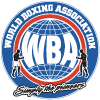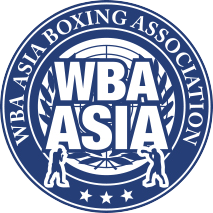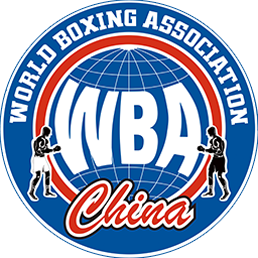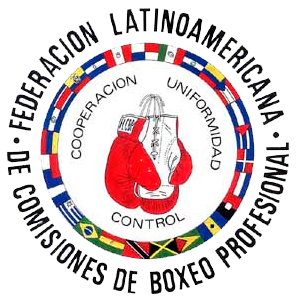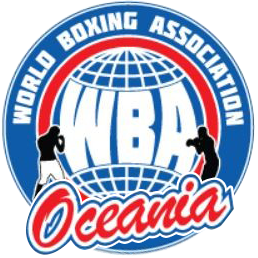The safety features outlined in this article are confined to amateur boxing.
Many of us have heard the sport of boxing being described as “brutal” and “bloody”. However, this article serves to examine some interesting comparative statistics and to outline the covert safety features of the sport-
When we look at fatalities per thousand per year, boxing falls at 0.12%, that is, preceded by nine other sports- College football ranks 0.13%, motorcycling 0.7%, skydiving 12.3%, and horse racing 12.8% .
According to the Trinidad Express, Sunday 2nd April 1989, the London F,A. medical centre reported six deaths per year in amateur football. There has been at least one death reported in local marathon running in Trinidad and Tobago, and even in local hockey I have known of a death. During the ten year period that 1 have been involved in local boxing, I can say with conviction that there were no significant injuries and certainly no mortalities. Boxing as compared to other sports ranks approximately fifteenth with respect to permanent disability.
We work within the rules of the Amateur International Boxing Association (A.l.B.A). I think it is absolutely amazing, when one considers the numerous protective rules laid down for the benefit of the safety of the boxer. They have been divided into three levels for simplicity,
(a) Medical,
(b) Scoring and Refereeing.
(c) Equipment and other aspects.
Medical
When we see a new boxer he has what is called an initial assessment. This includes a complete history and examination. We pay particular attention to the following: vision, hearing, heart disease, sickle cell disease, diabetes, asthma, and central nervous system integrity.
The doctor must be convinced that the athlete has good exercise tolerance and is in active training- We try insofar as possible to perform the following investigations: urinalysis, scrology, including H.l.V testing, electrocardiogram, Skull X-Rays, electroencephalogram, computerized tomography, and Nuclear Magnetic Resonance The importance of the latter investigations arc well documented in a paper entitled “Head Injuries in boxing” by Dr. R. Adam.
After successfully completing the above, the athlete is given permission to box but must be attached to a club, thus ensuring continuous training.
The next medical check occurs one to two days before the bout. Here we mainly look for acute injuries which the boxer may have acquired during training, and acute infections such as respiratory tract infection. We also make note of the exercise fitness of the boxer and from this we can tell a lot about his training in preparation for the tight. Another medical check is made during the weighing in the dressing room. Many of the fighters at this time are hypertensive, tachycardic and tachypneic. You can at this time decide whether their physiological responses to warming up are appropriate or inappropriate. This type of information helps you to advise the referee when he calls on you during the Fight for advice, All fighters are checked after the bout with special reference to fighters who lost on a referee ‘stop contest’ decision or a knock out. Fighters who have been knocked out are usually re-examined by a neurologist.
There is finally an annual assessment of the boxer. Emphasis here is placed on psychological and neurological testing, looking for signs and symptoms of brain damage. We are also able to review the history of the boxer in the ring and advise accordingly.
In Trinidad and Tobago our boxers work under severe financial constraints. As a result, we are not always as vigilant as the A.l-B.A. rules require. We try our utmost to follow these rules as closely ass possible, for the safety of the athlete. With our present system we have been able to keep the sport incident-free thus far.
Scoring and Refereeing
If in the referee’s judgement a boxer receives too severe a punch, he will call a standing eight count. At the end of the count he checks with the boxer to find out if he wants to continue. The score of a knock down is the same as the score for a single jab, so that a boxer is not encouraged to “go for the kill”. In the case of a mismatch, the referee can stop the contest prematurely and declare a winner. The fight is also stopped if there are three knock-downs in any round or a total of four knock-downs during the match. The referee can call on the ringside doctor as often as necessary. Both the referee and the boxer follow the instructions of the doctor. There are also restrictive periods during which the boxer is not allowed to box. These restrictive periods are listed below.
Referee stops contest. (RSC) -No Restriction RSC due to head blow (RSCH)-Stop for four weeks. RSCH two in three months-Stop for three months. RSCH three in three months-Stop for one year
Equipment and Other Aspects
We ensure at all times that the boxing ring is well padded at the comers and the floor, The ropes have to be taut to allow the boxer to “bounce back” rather than fall out of the ring, We also ensure that there is good lighting. The boxer must wear a mouthpiece to prevent lacerations of the tongue and lips, protective cups to prevent groin injuries and standard 8 to 10 ounce gloves, Excessive grease is not permitted since it collects dust and causes eye injuries. It also prevents proper examinations of lacerations. Adrenalin 1:1000 can be used locally for arresting bleeding. At present our local amateur association enforces the mandatory use of head gear. My opinion is that head gear certainly helps in the prevention of local injury such as periorbital lacerations, perforation of the ear drums etc. However, I think that it plays very little part in the prevention of brain injury especially in the case of a rotational blow to the head, when the brain stem is twisted. In the latter instance, the use of head gear increases the angular momentum of the head thus causing further twisting of the brain stem-
1 hope I have created some impressions about the misconception that boxing is a dangerous sport.
References:
Head Injuries, T &. T Lung Distance Running, C.C.M.R.C. Abstract, West Indian Medical Journal, April
1988 Medical Handbook of Amateur Boxing, A.I.B.A. 1988, English Version,
Dusenben-, .lerry R. Olympic Style boxing. U ,S.A Amateur Boxing Fed Inc.
Head Injuries in Boxing – Dr Adam, Neurosurgeon, San Femando General Hospital
Italian Olympic Committee, Elements of sports medicine applied to boxing, Antonio Francone









